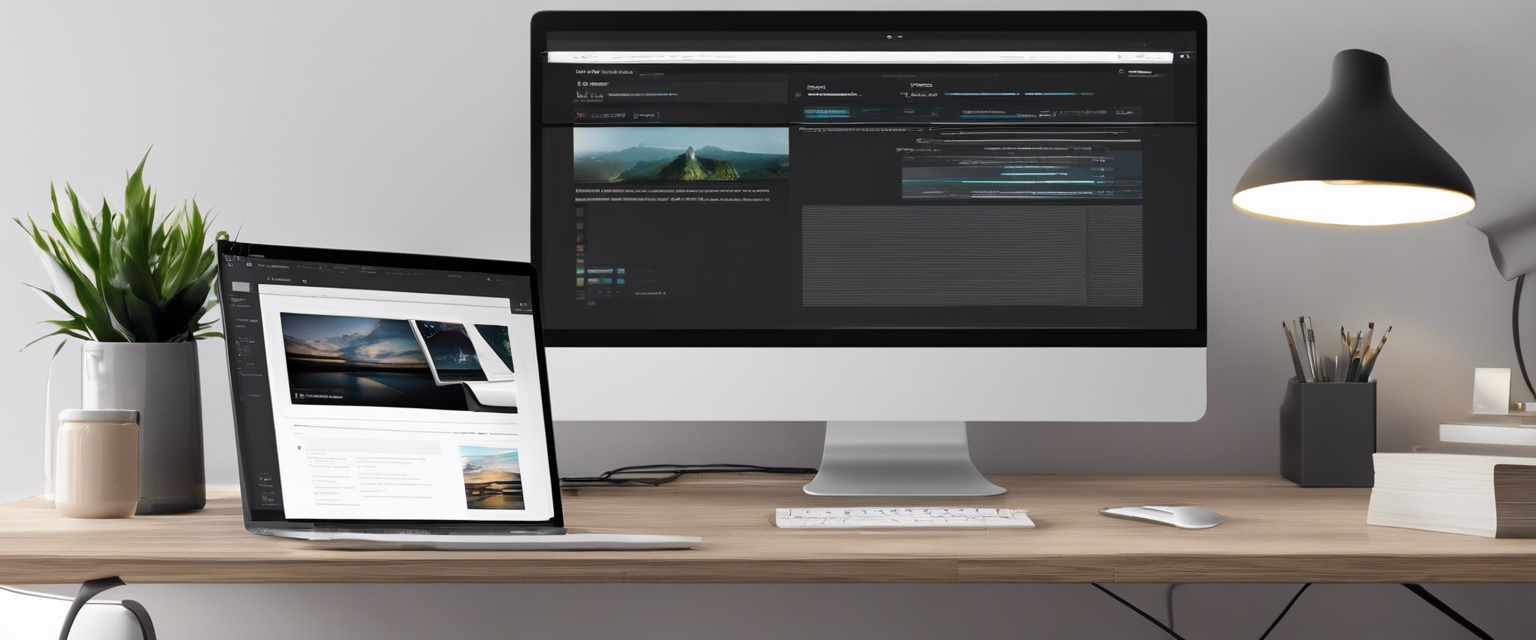5 trends in flexible web design for 2023
In the ever-evolving digital landscape, flexibility in web design has become a cornerstone for businesses seeking to maintain a competitive edge. As we step into 2023, the importance of adaptable, responsive, and user-centric websites cannot be overstated. In this post, we'll explore the top five trends in flexible web design that are shaping the online experiences of tomorrow.
Trend #1: Advanced Responsive Design Techniques
While responsive design is not new, advanced techniques are emerging to cater to the increasingly diverse array of devices and screen sizes. Designers are now considering context, device capabilities, and varying user environments to create truly adaptive experiences.
Frameworks such as Bootstrap and Foundation continue to evolve, offering more modular and customizable options for designers. CSS Grid and Flexbox are also gaining traction as powerful tools for creating complex, responsive layouts that were once impossible.
Trend #2: AI and Machine Learning Integration
Artificial intelligence (AI) is revolutionizing the way websites adapt to user behavior. By analyzing data, AI can personalize content, recommend products, and even adjust layouts in real-time to suit individual user preferences.
Machine learning algorithms are being used to test and optimize user experience designs, leading to more intuitive and user-friendly websites that learn and evolve with user interactions.
Trend #3: Micro-Interactions and Animated UI Elements
Micro-interactions are subtle animations or visual cues that enhance the user experience by providing feedback and guiding user actions. They add a layer of interactivity and can significantly improve engagement.
With advancements in CSS and JavaScript, animations can now be implemented more efficiently, ensuring that they enhance rather than hinder the user experience.
Trend #4: Minimalism and Content-Centric Design
Minimalism in web design is not just an aesthetic choice; it's a strategic approach that prioritizes content and functionality. By stripping away unnecessary elements, designers can focus on delivering a clear and direct message.
Content-centric design puts the spotlight on the message, using design elements to enhance comprehension and retention. This trend is particularly important for businesses that want to communicate effectively with their audience.
Trend #5: Accessibility and Inclusive Design
Accessibility is no longer an afterthought; it's a fundamental aspect of web design. In 2023, creating websites that are usable by as many people as possible, regardless of their abilities or disabilities, is a priority.
There are numerous tools and guidelines available to help designers create more accessible websites. The Web Content Accessibility Guidelines (WCAG) provide a framework for making web content more accessible to people with disabilities.






Comments (0)